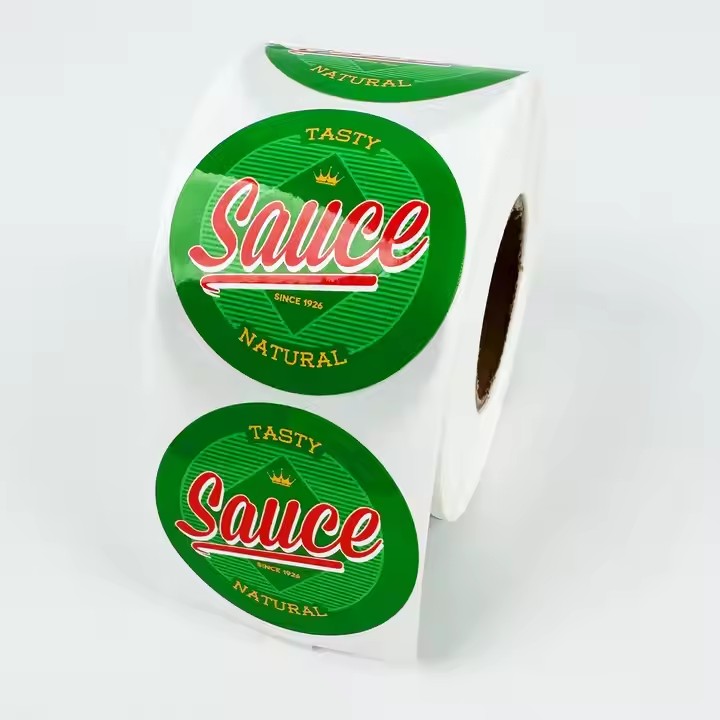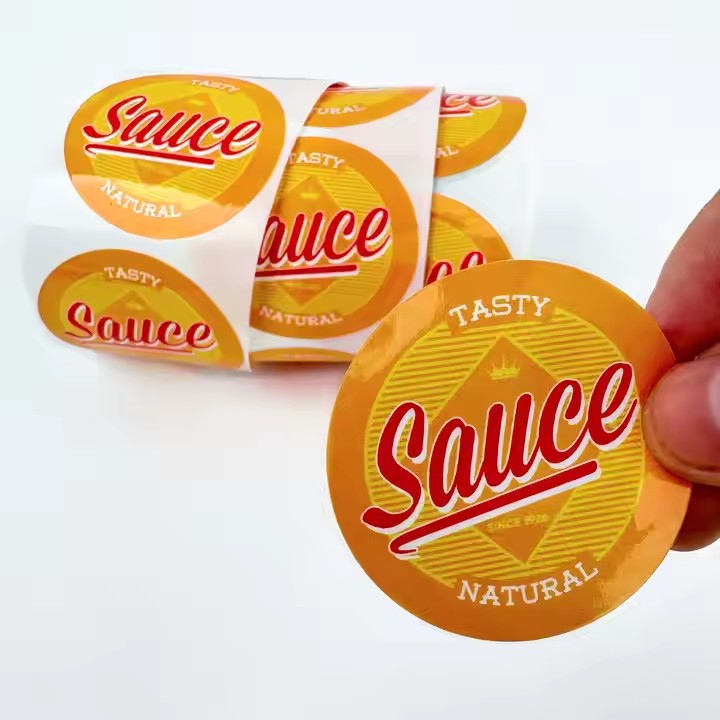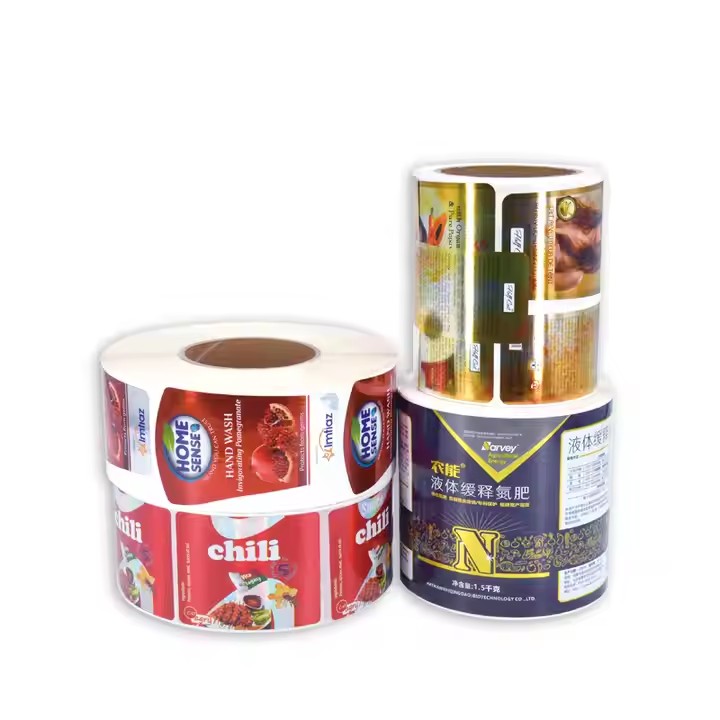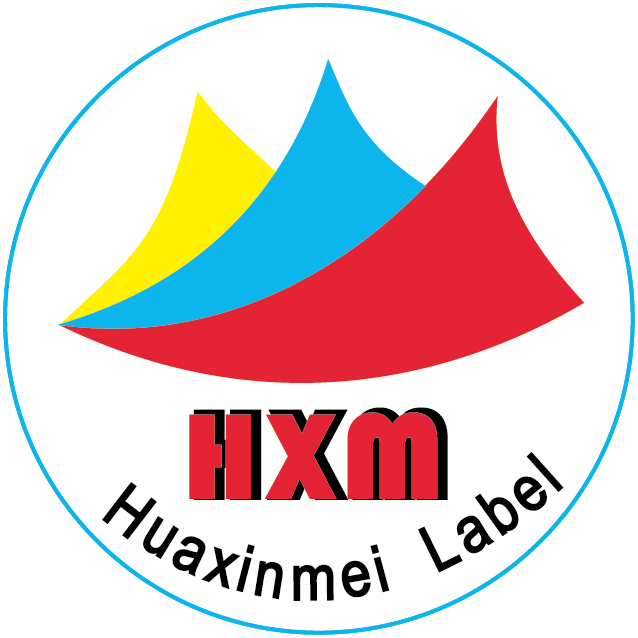I. Market Research and Positioning
- Research on target markets
Gain an in-depth understanding of the market demands in different countries and regions. For example, in European and American markets, consumers have a relatively high demand for environmentally friendly, personalized and high-quality product packaging label boxes. While in some Asian markets, more attention may be paid to cost-effectiveness and diversified designs. Studying local consumption habits, cultural backgrounds, laws and regulations and other factors will help to precisely position the products. Conducting research on markets in different regions and targeting the markets in a targeted manner will enable the products to occupy a larger market share.
Analyze the competition situation in the target markets. Determine the product features, price strategies and market shares of competitors, and find out market gaps or opportunities for differentiated competition. For instance, if it is found that most label box suppliers in a certain overseas market mainly provide products in standard sizes, then highly customized label boxes may become a competitive advantage. For the exploration of many markets, clear target positioning is needed. Since the marketing methods and specific market environments in different regions are different, positioning should be carried out according to specific situations.

Product positioning
Based on the results of market research, clarify the product positioning. It can focus on the high-end customized market, providing label boxes with unique designs, high-quality materials and exquisite craftsmanship to meet the needs of customers who have higher requirements for quality and brand image, such as luxury brands or high-end electronics manufacturers. It can also be positioned as a customized solution with high cost performance to attract small and medium-sized enterprise customers who pay attention to costs. Product positioning should be determined before selling the products. The consumer groups it targets, including age, region, first-tier and second-tier cities, etc., should all be clearly positioned so as to expand the market as much as possible.
II. Optimize Products and Services
- Improve product quality
Ensure that the quality of label boxes meets international standards. Use high-quality raw materials, such as environmentally friendly paper, durable inks, etc., to guarantee the strength, printing clarity and color durability of label boxes. For label boxes in industries such as food and medicine, relevant hygiene and safety standards should be met, such as obtaining FDA (U.S. Food and Drug Administration) certification.
Continuously innovate product designs. Provide customized options for diverse shapes, sizes, opening methods and decorative elements. For example, develop label boxes with special structures, such as foldable, nestable or boxes with creative sealing designs to meet the packaging needs of different products and the aesthetic preferences of consumers.
Service optimization
Provide an efficient customized service process. Establish an online customization platform to enable overseas customers to conveniently submit customization requirements, including sizes, patterns, text content, etc. Meanwhile, ensure timely responses to customers’ inquiries and updates on order status to provide a good customer experience. Optimize aspects such as factory production and social media dissemination in terms of services.

Provide supporting value-added services, such as providing design suggestions for label boxes, planning packaging solutions, making samples, etc. For customers with urgent order needs, rush production and logistics services can be provided. As for express logistics services, try to choose express delivery services with fast speed to improve transportation efficiency and at the same time enhance customer satisfaction.
III. Internet Marketing and Brand Building
- Establish a professional website
Design an official website with an international style, displaying abundant product cases of customized label boxes. The website content should include product introductions, customization processes, customer reviews, company information, etc. Optimize the multilingual functions of the website, providing at least major international language versions such as English, Spanish and French to facilitate browsing by customers from different countries.
Use search engine optimization (SEO) techniques to improve the ranking of the website in overseas search engines (such as Google). Select keywords related to customized label boxes, and increase the exposure rate of the website by optimizing website content, meta tags and building external links.
Social media marketing
Use international social media platforms, such as Facebook, Instagram, LinkedIn, etc., for brand promotion. Regularly release high-quality product pictures, videos and customization cases to show the design creativity and practicality of label boxes. Interactive activities can be carried out, such as holding design competitions and voting, to attract overseas users to participate and improve brand awareness.

Cooperate with overseas industry opinion leaders (KOLs), packaging designers, etc. Invite them to try and recommend products, and expand the brand awareness among overseas target customer groups through their influence.
Participate in international exhibitions and online exhibitions
Participate in international packaging industry exhibitions, such as the Interpack in Düsseldorf, Germany. Display the latest customized label box products and technologies at the exhibitions, communicate face to face with overseas potential customers, dealers and partners, and establish business contacts.
Use online exhibition platforms to participate in virtual international exhibitions. These platforms allow enterprises to display products at a lower cost and are not restricted by regions and time, enabling them to reach a broader overseas customer group.



